Research on undersea search and rescue program based on localization and equipment selection
DOI: 10.23977/jeis.2024.090305 | Downloads: 19 | Views: 1257
Author(s)
Haocheng Chang 1, Huaijie Zhu 1, Zhuolin Du 2
Affiliation(s)
1 College of Computer and Information of Engineering, Henan University of Economics and Law, Zhengzhou, 450016, China
2 School of Accounting, Henan University of Economics and Law, Zhengzhou, 450016, China
Corresponding Author
Haocheng ChangABSTRACT
With the widespread application of submarine technology in military and scientific research fields, the importance of submarine search and rescue is becoming increasingly prominent. How to implement effective search and rescue in the shortest possible time and control search and rescue costs has become an urgent problem to be solved. This article explores the time and cost optimization strategies for submarine search and rescue, and constructs an optimization model for submarine search and rescue time and cost. Firstly, compare the position with the highest probability using Monte Carlo method and integration method, and calculate the coordinates. Secondly, a circular search algorithm is used for each position to obtain the shortest search and rescue path by comparing simulated annealing algorithm and genetic algorithm. Finally, the PCA method is used to obtain the solution with the lowest cost. The experimental results show that the optimization strategy proposed in this paper can significantly shorten search and rescue time and reduce search and rescue costs.
KEYWORDS
Integral Method, Monte Carlo Method, PCA, Circle Search AlgorithmCITE THIS PAPER
Haocheng Chang, Huaijie Zhu, Zhuolin Du, Research on undersea search and rescue program based on localization and equipment selection. Journal of Electronics and Information Science (2024) Vol. 9: 27-35. DOI: http://dx.doi.org/10.23977/10.23977/jeis.2024.090305.
REFERENCES
[1] Zhang Q. Matlab-based modelling and simulation of on-call anti-submarine submarine position distribution [J]. Computer Programming Skills and Maintenance, 2023, (01):116-119.
[2] Hu Kun, Zhang Ping, Huang Haifeng et al. Simulation study on the influence of marine environmenta factorson submarine hovering manoeuvring [J]. Computer Simulation, 2021, 38(12):7-12.
[3] Chen, Sheng-Zong. Research on fluctuation temperature control simulated annealing algorithm for solving TSP and FSTSP [D]. Qingdao University, 2023.
[4] Bi Tao, Lu Chun, Liu Kasa. Design and simulation analysis of scissor lift platform with multi-body dynamics[J]. Science and Technology Innovation and Application, 2024, 14(05):61-64.
[5] Liu Shuang, He Guanghua, Wang Wei, et al. Analysis of the Influence of Wave Resistance on Submarine Navigation in Deep Water Density Layers [J]. Journal of Harbin Engineering University, 2021, 42 (09): 1373-1379.
[6] Jiang Zhizhong, Yang Rijie, Zhang Linlin, et al. Study on the best circular search radius of the magnetic probe based on the prior target distribution [J]. Journal of Military Engineering, 2011, 32 (9): 1099-1105.
[7] Sedore P, Normandeau A, Maselli V. Environmental controls on the generation of submarine landslides in Arctic fjords: Insight from Pangnirtung Fjord, Baffin Island, Nunavut[J]. Marine Geology, 2024, 472107290.
[8] Lee KS, Manovski P, Jones M. Assessing junction boundary layer and wake flow of a benchmark submarine model with tripped appendages [J]. Applied Ocean Research, 2024, 149104041.
[9] Gu Lijuan, Sun Xijing, Liu Xiaolei. Probability and Statistics Teaching Based on "Situational+Task Driven" Method: Using Bayes Formula as an Example [J]. Advanced Mathematics Research, 2023, 26 (04): 6-10.
[10] Wang Xin, Wang Guangdong. Research on Building a Maritime Support Platform by Retrofitting Retired Ships [J]. National Defense Traffic Engineering and Technology, 2020, 18 (06): 14-19.
| Downloads: | 13503 |
|---|---|
| Visits: | 565423 |
Sponsors, Associates, and Links
-
Information Systems and Signal Processing Journal
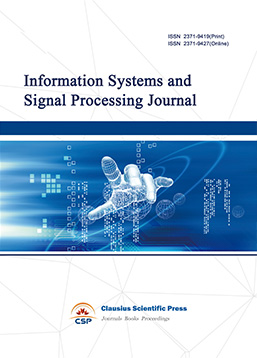
-
Intelligent Robots and Systems
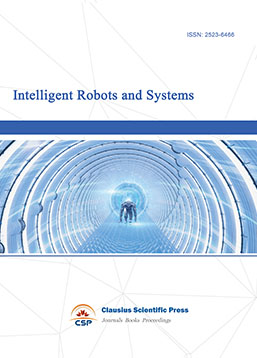
-
Journal of Image, Video and Signals
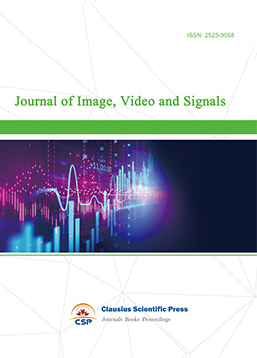
-
Transactions on Real-Time and Embedded Systems
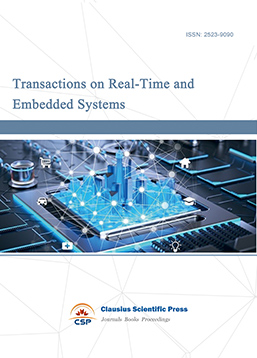
-
Journal of Electromagnetic Interference and Compatibility
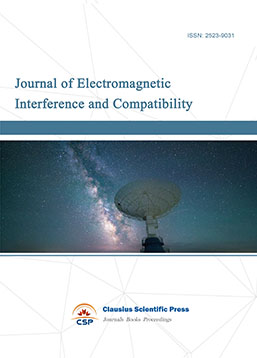
-
Acoustics, Speech and Signal Processing
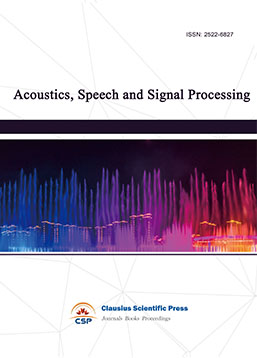
-
Journal of Power Electronics, Machines and Drives
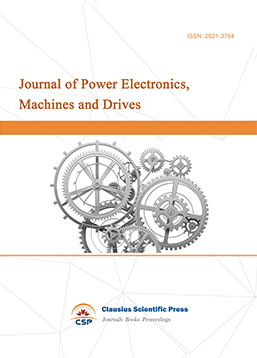
-
Journal of Electro Optics and Lasers
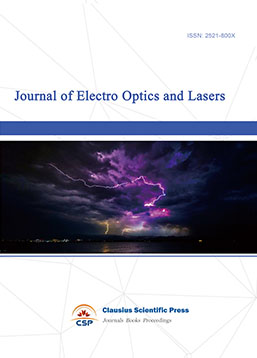
-
Journal of Integrated Circuits Design and Test

-
Journal of Ultrasonics
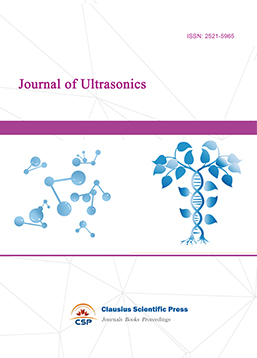
-
Antennas and Propagation
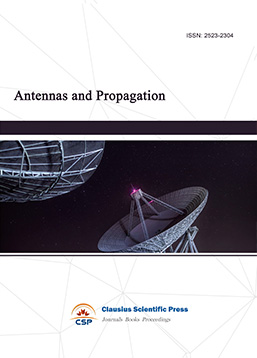
-
Optical Communications
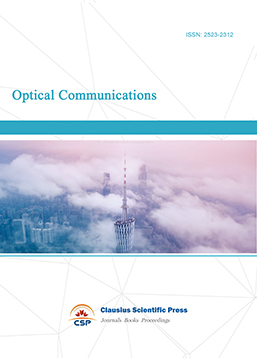
-
Solid-State Circuits and Systems-on-a-Chip
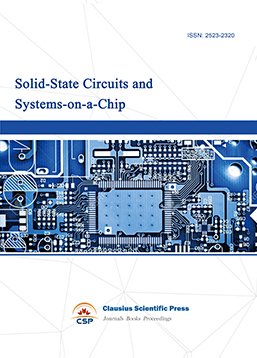
-
Field-Programmable Gate Arrays
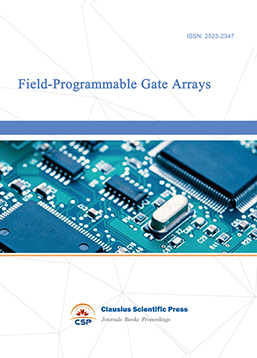
-
Vehicular Electronics and Safety
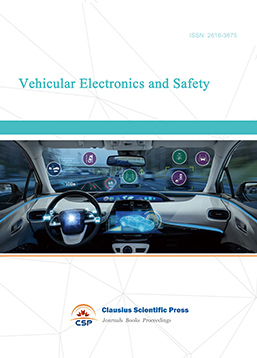
-
Optical Fiber Sensor and Communication
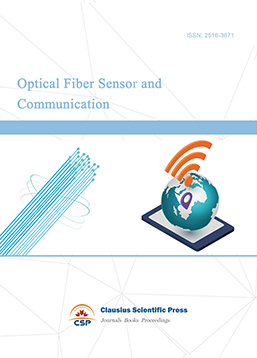
-
Journal of Low Power Electronics and Design
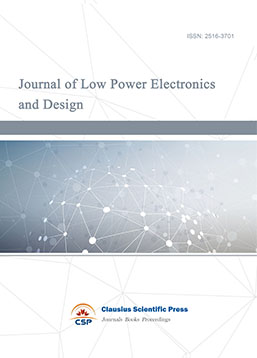
-
Infrared and Millimeter Wave
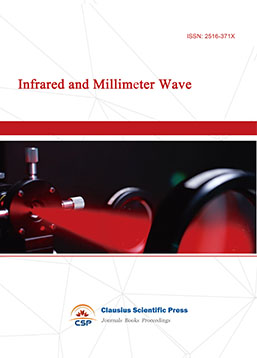
-
Detection Technology and Automation Equipment
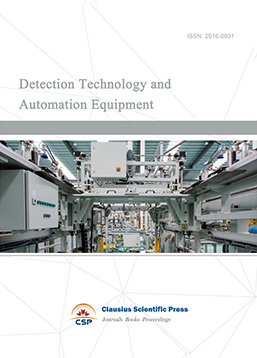
-
Journal of Radio and Wireless
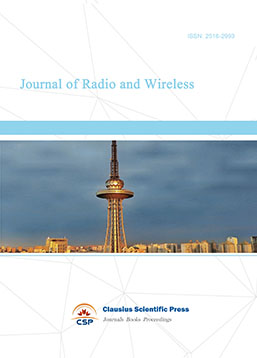
-
Journal of Microwave and Terahertz Engineering
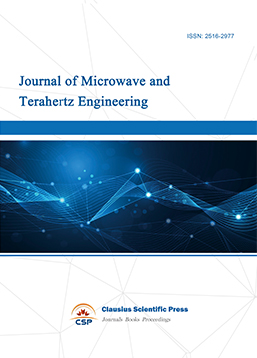
-
Journal of Communication, Control and Computing
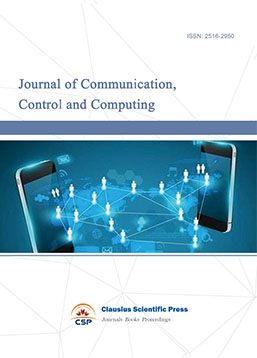
-
International Journal of Surveying and Mapping
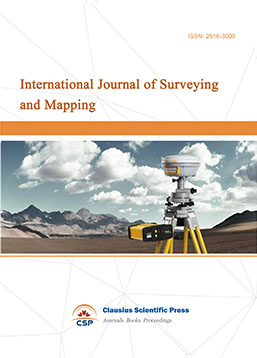
-
Information Retrieval, Systems and Services

-
Journal of Biometrics, Identity and Security
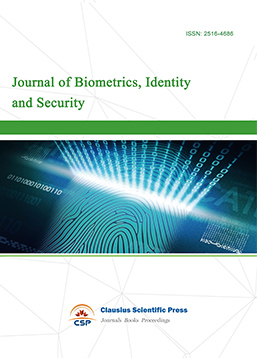
-
Journal of Avionics, Radar and Sonar
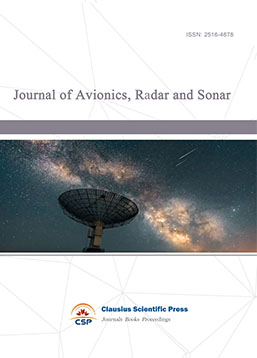

 Download as PDF
Download as PDF